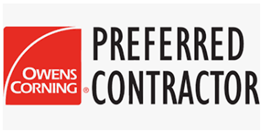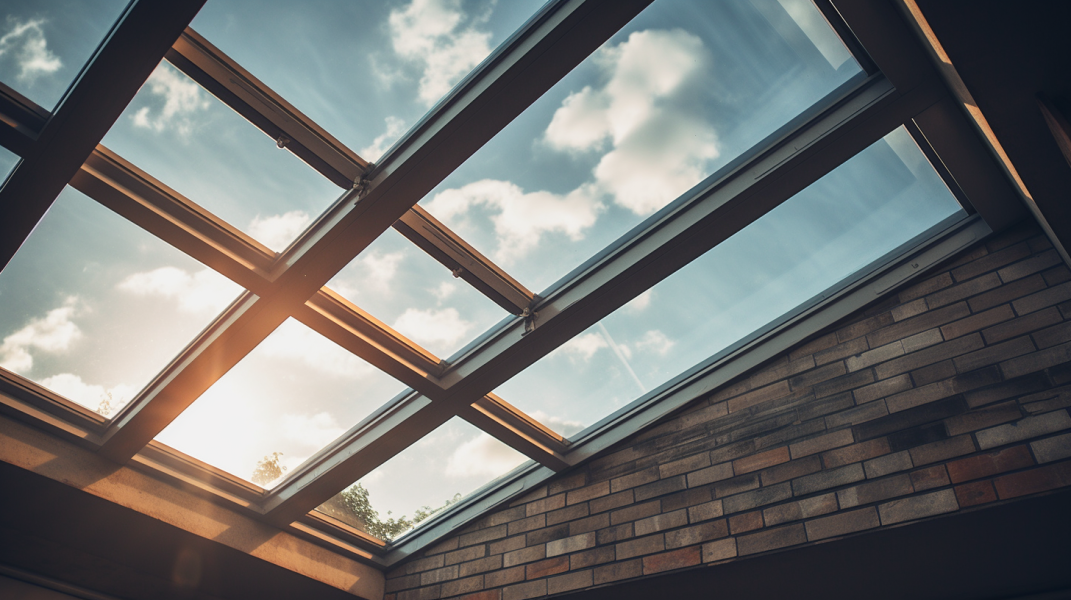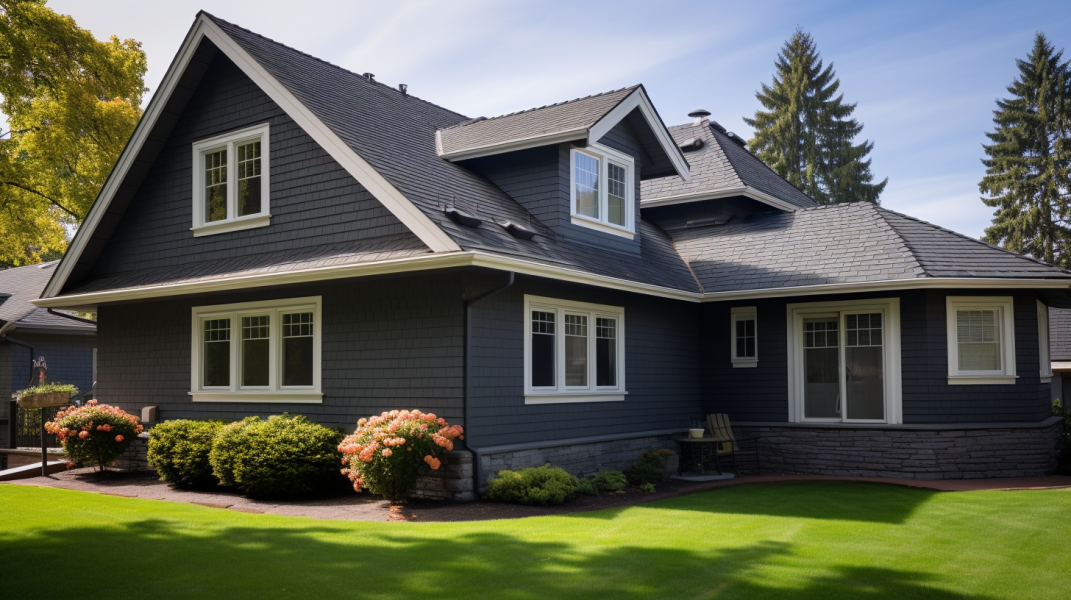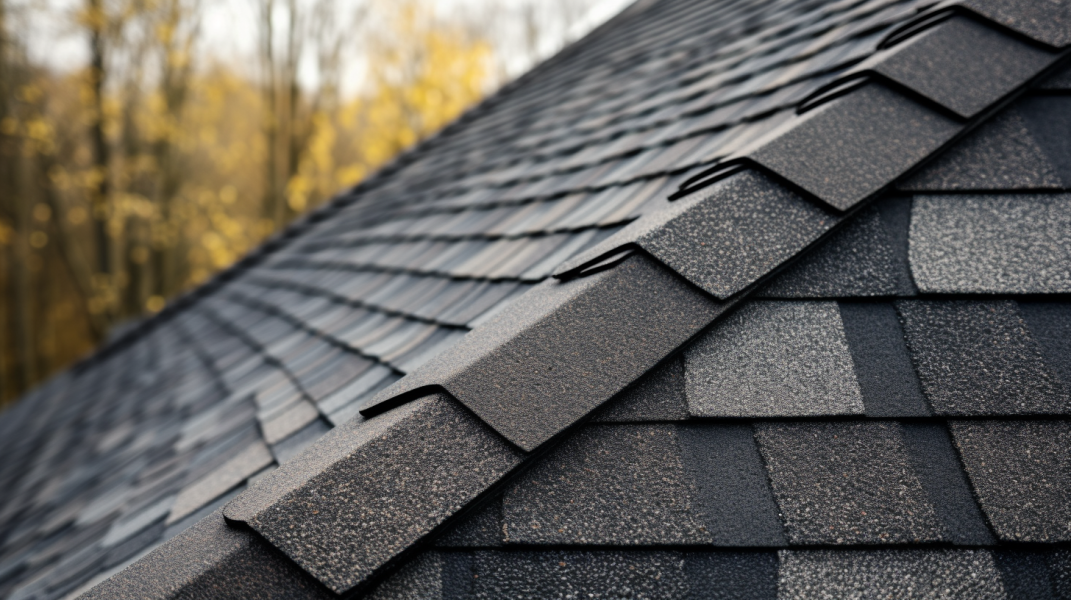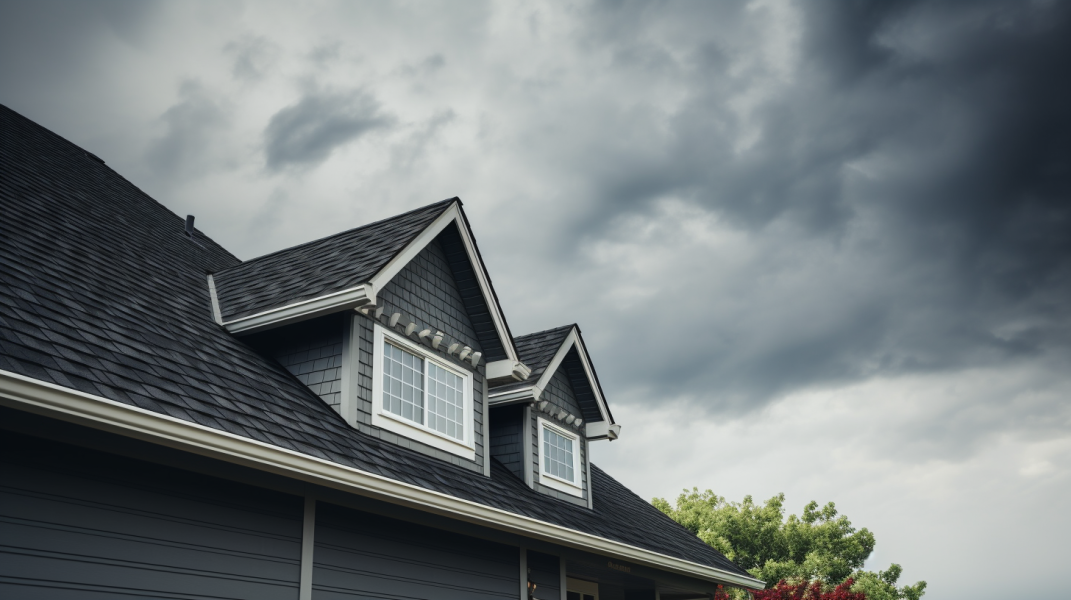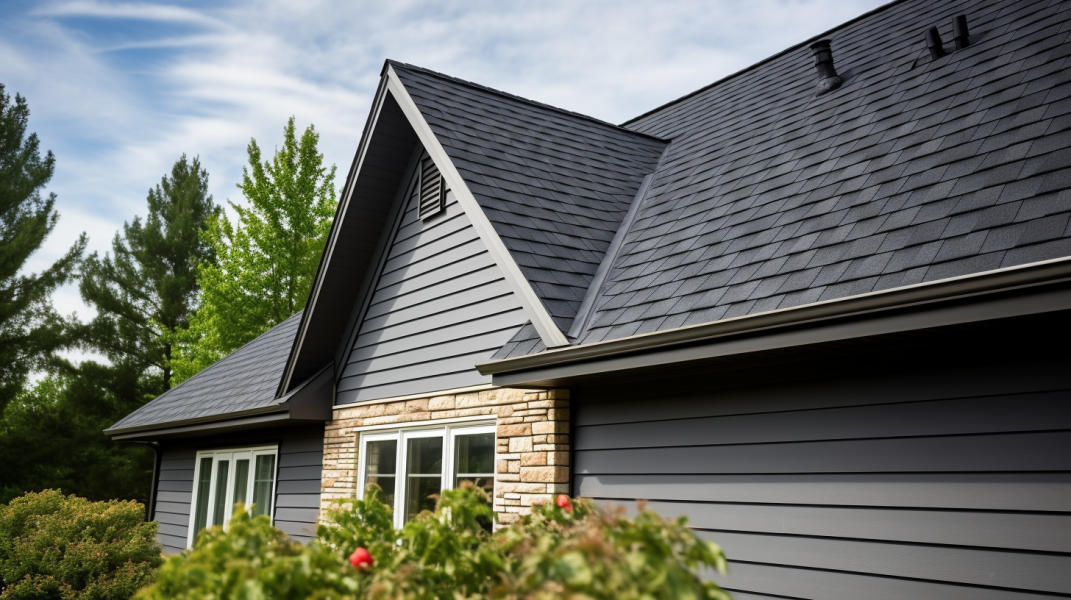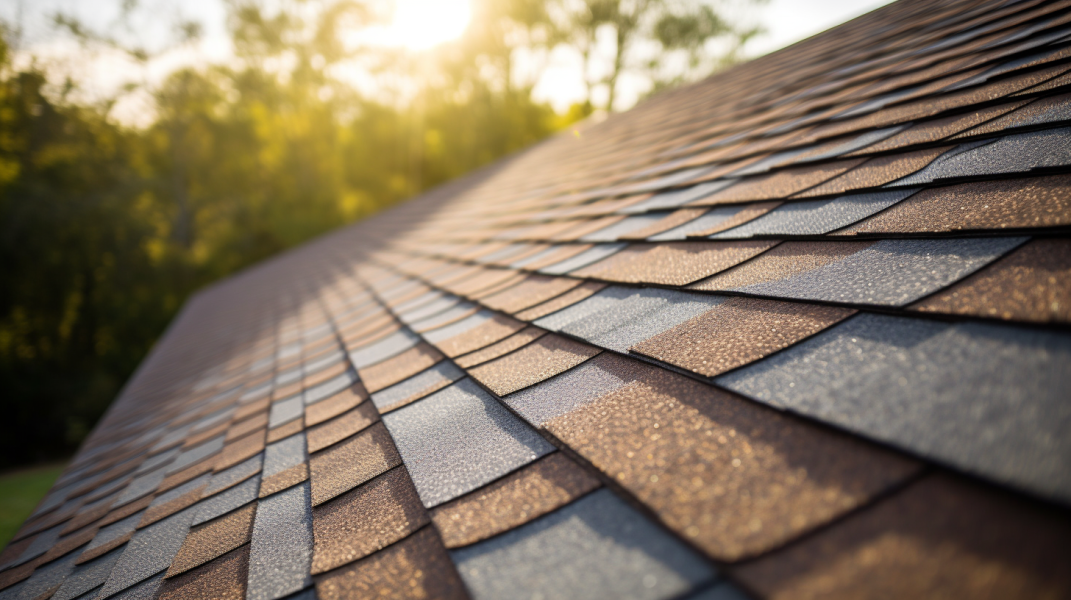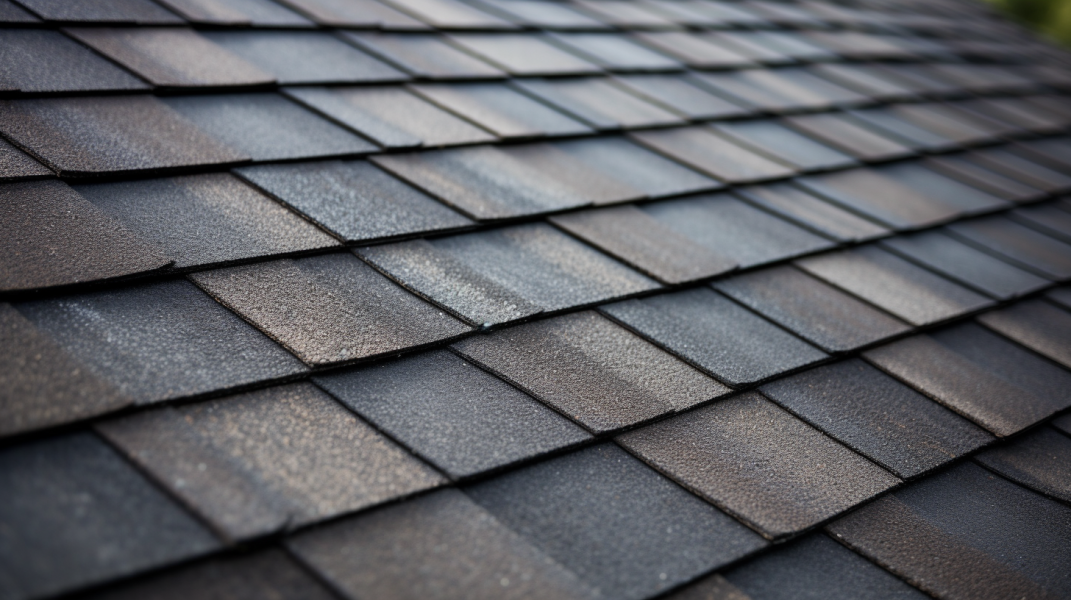Guide to Inspecting Storm-Damaged Roofs: Expertise by Nova Home Improvements
A home's roof is its first line of defense against the elements, and its integrity is paramount for the safety and comfort of its inhabitants. Storms, with their fierce winds and torrential downpours, can wreak havoc on even the sturdiest of roofs. Recognizing the signs of storm damage early can save homeowners in Chicopee MA significant time and money. Here, we at Nova Home Improvements provide a detailed guide on how to inspect various types of roofs for storm damage.
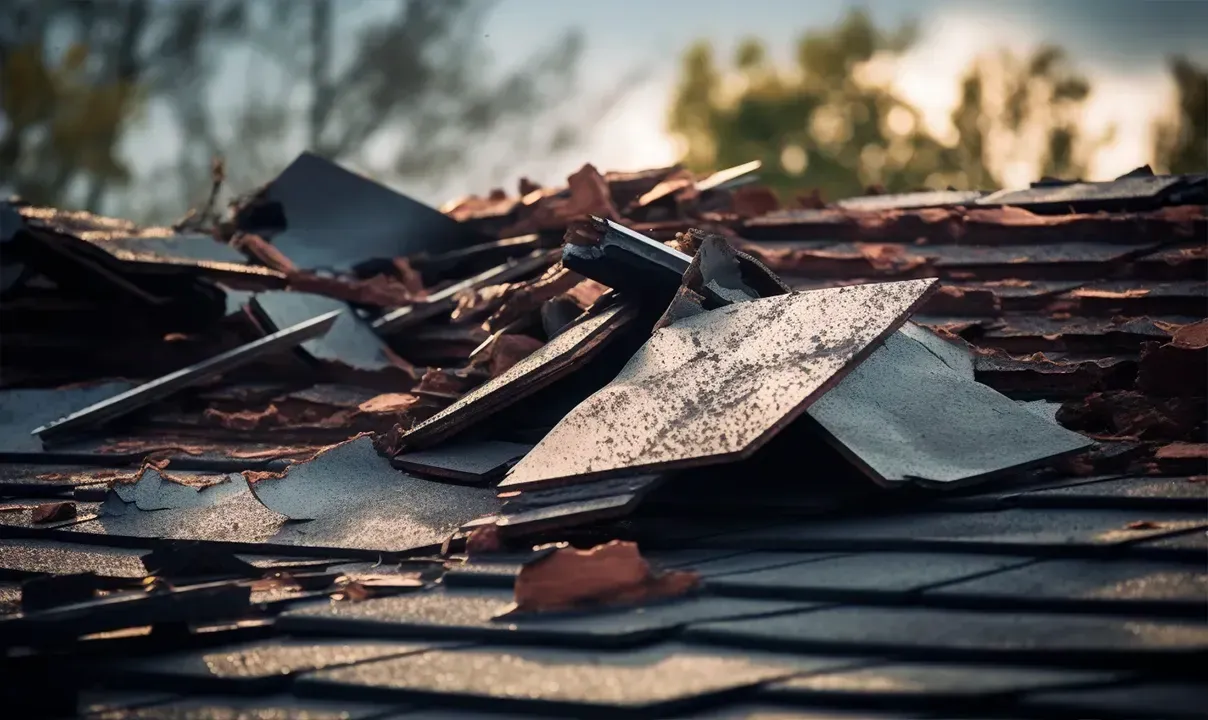
The Imperative of Regular Roof Inspections
Post-storm roof inspections are not just about identifying visible damages. They are about preempting potential issues, ensuring the longevity of the roof, and safeguarding the home's structural integrity. By understanding how to inspect different roof types, homeowners can take proactive measures, ensuring minor damages don't escalate into major concerns.
Flat Roof Inspections: Addressing Water Accumulation
Flat roofs, while aesthetically pleasing, are particularly susceptible to water accumulation post-storms. Unlike their sloped counterparts, water doesn't run off flat roofs as efficiently.
- Signs of Damage: Look for pooling water, dents, or breaches in the seams. Prolonged water accumulation can lead to seepage, damaging the roof's underlayment.
- Preventive Measures: Regular inspections, especially after heavy rainfall, can help identify and address areas of water accumulation. Ensuring proper drainage and addressing low spots can prevent long-term damage.
Metal Roof Inspections: Combating the Elements
Metal roofs are renowned for their durability and longevity. However, they aren't immune to storm damage.
- Signs of Damage: Dents and rust are common indicators. Additionally, gaps or misaligned panels can compromise the roof's protective capabilities.
- Maintenance Tips: Regularly inspect for signs of rust and treat them promptly. Ensure that the panels are aligned correctly, and fasteners are secure.
Tile Roof Inspections: Guarding Against Breakage
Tile roofs, while robust, can suffer damage from severe storms, especially those accompanied by high winds or hail.
- Signs of Damage: Cracked, broken, or missing tiles are clear indicators. Loose edge tiles can be particularly vulnerable during storms with strong gusts.
- Maintenance Tips: Replace damaged tiles promptly to prevent water infiltration. Regular inspections, especially of the roof's edges, can preempt potential issues.
Shingle Roof Inspections: Addressing Wear and Tear
Asphalt shingles, popular for their versatility, can show signs of wear and tear post-storms.
- Signs of Damage: Bubbling, blistering, or missing shingles indicate moisture infiltration. Wind, hail, and falling debris can also cause visible damage.
- Maintenance Tips: Replace damaged shingles promptly. Regular inspections can help identify areas of wear, ensuring timely interventions.
Trusting the Experts: Nova Home Improvements
While homeowners can conduct preliminary inspections, it's crucial to consult professionals for a comprehensive assessment, especially post-storm. At Nova Home Improvements, we bring our expertise as the leading roofing contractor in Chicopee MA to every project. Our team is equipped to handle inspections, repairs, and replacements, ensuring your home remains safe and secure.
Conclusion
Storms are inevitable, but with proactive measures and regular inspections, homeowners can ensure their roofs remain resilient. By understanding the signs of damage and seeking timely interventions, the longevity of the roof can be ensured. For residents of Chicopee MA, Nova Home Improvements stands as a beacon of trust and expertise, ensuring every roof we handle is equipped to stand the test of time and nature


